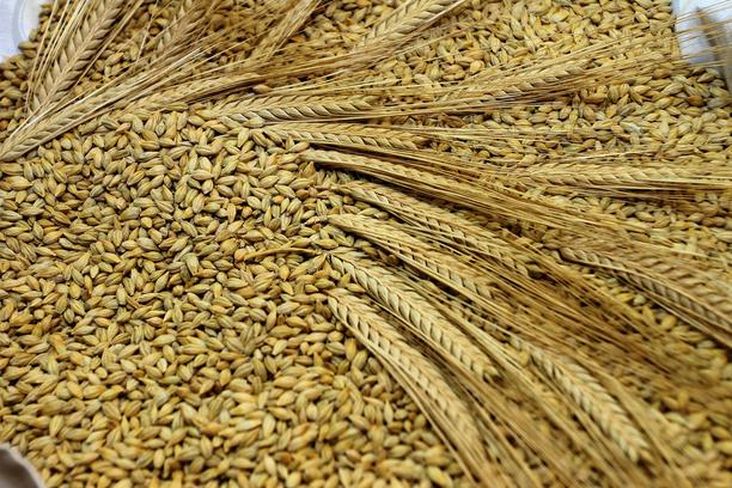Barley exporters in need of another beer-making country or two after China trade ban

Australian barley exporters are searching for beer-making countries as potential new markets for their grain, two years on from China’s trade ban.
In 2020, China put an 80-per-cent tariff on Australian barley, effectively ending the trade.
The grain had been primarily used to make beer.
Grain Growers Trade Policy Manager Amelia Shaw said in order to sell the crop it was exported to animal feed markets, but growers were now searching for a premium price again.
“We’re looking for markets that want to produce and use the good quality barley that we’ve grown that is suitable for beer.”
Ms Shaw said, while trade with China effectively ended overnight, building new export markets would not be as quick.
“It takes time and it takes building relationships,” she said.
“The Chinese industry was very familiar with the quality that we had and how it was suitable for their processes in making beer.”
The industry is now turning to other beer-producing nations.
“Parts of Africa have been outlined as potential opportunities,” Ms Shaw said.
She said the Comprehensive and Progressive Agreement for Trans-Pacific Partnership agreement with a number of countries had been developed some time ago and there was cope to “think more creatively” within that framework.
“Last year we did see shipments of our malt barley to Mexico, but we need to find more of those [countries] because we were sending a lot of malt barley to China.”
Traditionally, malted barley for beer production fetched a premium price while barley for animal feed fetched a lower one.
However, animal feed prices have dramatically risen, closing the price gap.
Barley grower Nick Hillier, who grows barley in South Australia’s South East, said it had been good for growers.
“People used to try and grow malted [barley], but nowadays with the feed price pushing the malted price, often there’s not much of a difference,” he said.
“Most growers go for maximum yield and if they do access that malted market that’s fine, but if not, the feed market is not far behind.
While feed and malted barley prices are similar at the moment, the industry will continue its search for beer markets to shore up a future premium price.
Mr Hillier says he’s about a month away from planting.
Barley is a valuable rotational crop for growers for reasons beyond price.
“Most growers today tend to have a reasonably rigid program and their rotations are quite important to them,” he said.
“People who tend to grow barley grow it for agronomic benefits.”
China imposed tariffs on Australian-grown barley in May 2020.
Beijing claimed farmers had dumped the grain for cheaper than it cost to produce.
Australia denied this and in December 2020 referred the tariffs to the World Trade Organisation.
Almost two years later, a panel has been established and the first hearing has occurred, according to Ms Shaw.
“The way that WTO process occurs is there’s another hearing that happens, and that hopefully will happen in the next little while,” she said.
“Depending on the outcome, China or Australia can appeal that position.
“If they do appeal, that can broaden the process.
Read also
Wheat in Southern Brazil Impacted by Dry Weather and Frosts
Oilseed Industry. Leaders and Strategies in the Times of a Great Change
Black Sea & Danube Region: Oilseed and Vegoil Markets Within Ongoing Transfor...
Serbia. The drought will cause extremely high losses for farmers this year
2023/24 Safrinha Corn in Brazil 91% Harvested
Write to us
Our manager will contact you soon



